Description
Hoya phuwuaensis is a rare and beautiful species of Hoya, known for its small, waxy, dark green leaves and stunning clusters of fragrant, star-shaped flowers. Native to Southeast Asia, particularly the mountains of Thailand and Myanmar, this species is prized for its compact growth and striking flowers that range in color from white to pale pink. It thrives in tropical and humid environments, making it an ideal choice for collectors and Hoya enthusiasts.
- Full Botanical Name: Hoya phuwuaensis
- Common Names: Phuwuaensis Hoya
- Country and/or Region of Origin: Native to Thailand and Myanmar
- Growing Conditions in Native Habitat: Grows in humid, tropical climates at higher altitudes, often found in shaded areas with well-draining, organic-rich soils
- Care Guide:
- Light: Prefers bright, indirect light but can tolerate some lower light conditions. Avoid direct sunlight, as it can scorch the leaves and cause damage to the plant.
- Ideal Room: Ideal for living rooms, bedrooms, or offices with bright, indirect light. It can also thrive in bathrooms with higher humidity levels.
- Feeding: Fertilize every 4-6 weeks during the growing season (spring and summer) with a diluted, balanced liquid fertilizer. Reduce feeding in the fall and winter months when the plant is dormant.
- Humidity: Prefers high humidity. Keep in a humid room, use a humidifier, or place it on a humidity tray to maintain moisture levels.
- Ideal Temperature: Best kept between 65°F and 80°F (18°C to 27°C). Protect from cold temperatures below 50°F (10°C), as it is sensitive to frost.
- Watering: Water when the top inch of soil feels dry. Ensure the soil is moist but not soggy, and make sure the pot has good drainage to prevent water retention and root rot.
- Pet/Child Safe: Non-toxic to pets and children, making it a safe addition to homes with animals and young children.
- Soil Type: Use a well-draining, organic-rich potting mix designed for aroids or tropical plants to promote healthy root growth and drainage.
- Propagation: Propagate by stem cuttings. Ensure that each cutting has at least one node for successful rooting. Place the cutting in water or well-draining soil to root.
- Eventual Height and Spread: Typically grows up to 1-2 feet (30-60 cm) tall and wide, with trailing vines and small, waxy leaves.
- Growth Rate: Slow-growing but once established, it will produce stunning flowers and fresh foliage regularly.
- Pests and Treatment: Hoya species are generally pest-resistant, but watch for aphids, mealybugs, and spider mites. Treat infestations with insecticidal soap or neem oil.
- Repotting: Repot every 1-2 years or when the plant becomes root-bound. Choose a pot with good drainage and fresh, well-draining soil.
- Pruning: Prune dead or yellowing leaves and spent flowers to maintain the plant’s appearance and encourage new growth.
- Air Purification: Like many Hoya species, Hoya phuwuaensis helps purify the air by filtering out toxins such as formaldehyde, making it an excellent addition to your home or office.
- Folklore: Hoyas, including Hoya phuwuaensis, are often associated with love, beauty, and good fortune. Their vibrant flowers and trailing vines are believed to bring positive energy and grace to a space.

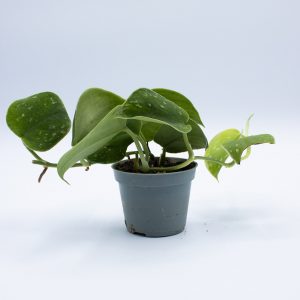
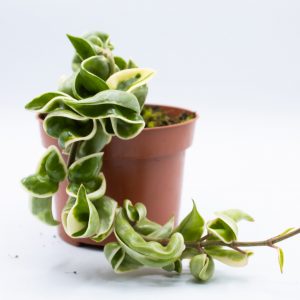
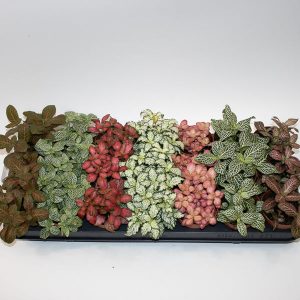
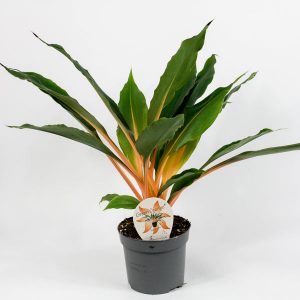
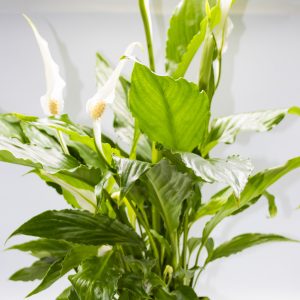


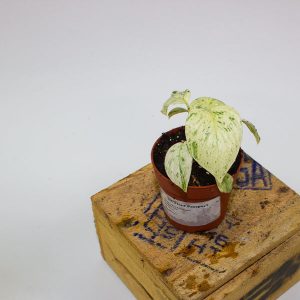
Reviews
There are no reviews yet.